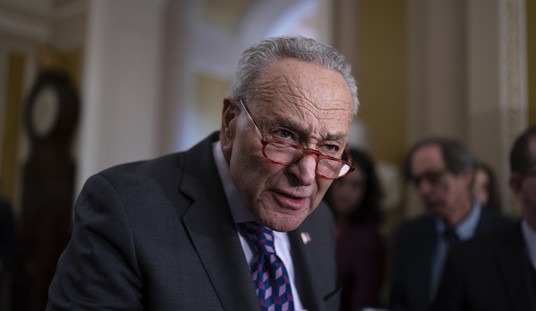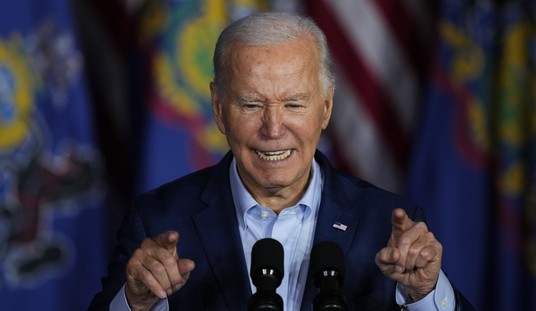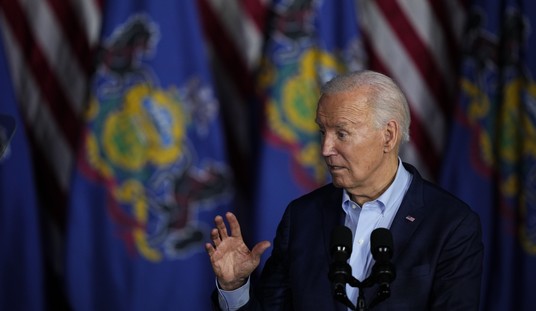Of all President Barack Obama's transformative domestic policy proposals, none is more far-reaching and less transparent than health care. What most Washington policy people mean when they talk about his health care proposal was described in the first two paragraphs of Robert Pear's meticulous article in The New York Times on April 1:

"Efforts to overhaul the health care system have moved ahead rapidly, with the insurance industry making several major concessions and the chairmen of five Congressional committees reaching a consensus on the main ingredients of legislation. The chairmen, all Democrats, agree that everyone must carry insurance and that employers should be required to help pay for it. They also agree that the government should offer a public health insurance plan as an alternative to private insurance."
Also, President Obama wants to digitize and collect all patient health care data initially because such data could assist in assessing best practices.
This is, for certain, a controversial and vastly expensive universal coverage proposal; it would cost between about $1.5 trillion and $2 trillion over 10 years. But the full scope of the president's health care policy ambitions cannot be understood without accounting for his claim that he needs to do health care this year as part of his long-term plans to reduce the deficit.
While some emergency-room and related cost savings would be realized if everyone had health insurance, no one seriously suggests that such savings would even put a dent in the $1.5-2 trillion that this proposal would cost in tax increases and debt issuance in the first 10 years.
The president's claim only would make sense if this huge proposed undertaking were to be merely the first step in a series of timed policy changes on a path toward nearly comprehensive federal government regulation and management of health care.
Recommended
What follows is my surmise of what the administration hopes the path to America's future health care system will look like. Currently, a little less than one-fifth of the American economy is devoted to health care. Of that, about 68 percent of it is in the private sector, with 32 percent run by the government (Medicare, Medicaid, Veterans Affairs, Defense Department health services, etc.).
This year, the Democrats hope to pass the above described universal coverage law, which would include creating a public insurance option, that is, the federal government would offer health insurance plans to compete with the private-sector health insurance that most of us purchase through our employers. In the face of government's undercutting the cost of private-sector health insurance, more and more Americans would choose to come under the federal health system.
At some point, the age eligibility for Medicare may be lowered (perhaps to 50 or 55), and the income ceiling for Medicaid may be raised, thus further increasing the percentage of the public covered by government rather than by private-sector health insurance.
According to Tom Daschle (Obama's first choice to design and implement his health care policy), in order to manage federal cost by prescribing permissible treatment procedures and medical technological use (and proscribing diagnostic and treatment methods deemed not cost-effective), a regulatory board to establish standards for public health care delivery in the United States would be created modeled on how the Federal Reserve Board and Securities and Exchange Commission oversee banks and corporations. Technically, it only would oversee the public health systems. But in his book last year on how to redesign health care, Daschle suggested: "Congress could opt to go further with the Board's recommendations. It could, for example, link the tax exclusion for health insurance to insurance that complies with the Board's recommendation."
After first squeezing the private insurance policies by undercutting their offerings with a subsidized federal government health insurance, the government then could undercut the private insurance further by denying the insurers tax deductibility unless they complied with federal health service regulations. As only the wealthiest could afford to buy private health insurance if the cost were not deductible, private health insurance companies would be compelled to follow federal benefits and cost regulations.
At that point, almost all Americans would get their health care pursuant to federally regulated systems. Then the president would be able to begin to deliver on his twin pledges to reduce the cost of entitlements and make health care overall contribute to lower deficits.
The federal regulators could do merely what the British regulators do currently:
--Constantly reduce the compensation of doctors and all other skilled health care providers. (As domestically trained American doctors became scarcer, more not-as-well-trained foreign doctors would be needed.)
--Limit the availability of medical technology. (In Canada, patients have to wait for months for MRIs, so those who can come to America for immediate diagnostic services.)
--Ration available treatment to fit the federal budget requirements. The universal digitalized health data could be used to justify non-treatment on a cost-benefit basis. For example, hip replacement for older people may be denied because they are not likely to live long enough to justify the expense.
At that point, Americans would (too late) understand more fully what happens when health care is a right rather than a service purchased by a sturdy, free people in an unfettered free market.























Join the conversation as a VIP Member